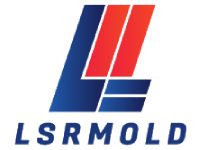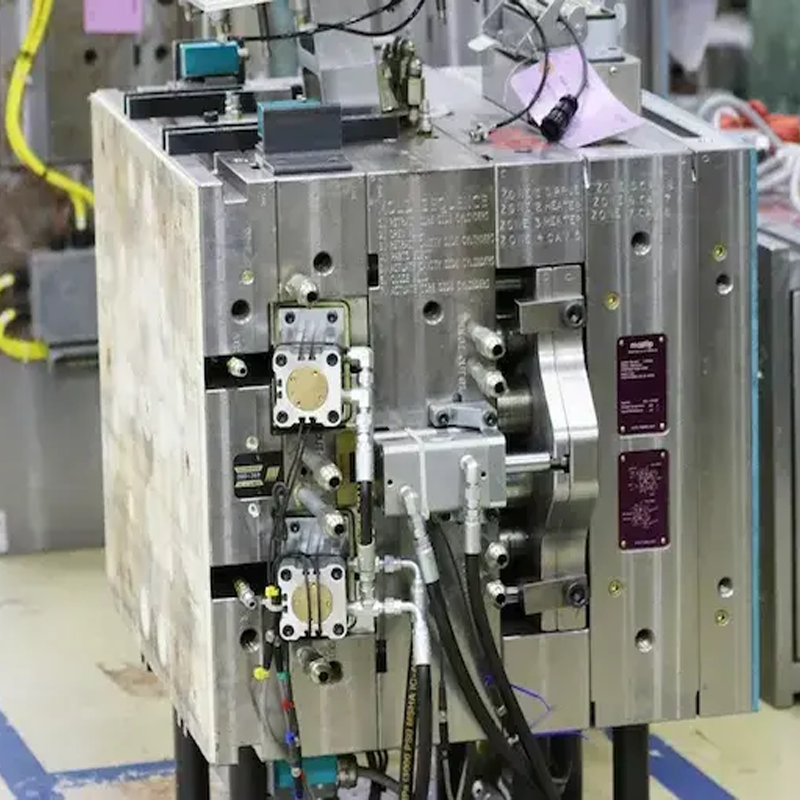Injection molding is a widely recognized and cost-efficient manufacturing method used for producing complex plastic components, whether in low or high-volume runs. This technique involves injecting molten plastic resin into a mold under high pressure, where it cools and solidifies to form a precise and durable part. The process is repeated until the required quantity of parts is achieved, with some molds capable of producing multiple parts simultaneously (multi-cavity molds). In this article, we’ll walk you through the fundamentals of injection molding tooling, its essential components, and the cost considerations involved in making the right choice for your project. As a leading provider of injection molding solutions, LSRmold specializes in custom tooling and manufacturing processes that are tailored to meet your product’s unique requirements.
What is Injection Mold Tooling?
Injection mold tooling refers to the molds used in the injection molding process to shape the molten plastic into the final product. While many people use the terms “injection mold” and “tooling” interchangeably, tooling encompasses more than just the mold itself. It includes additional components such as jigs, gauges, fixtures, and other accessories that are crucial to the mold’s function. These components work together to ensure the injection molding process is executed with the highest precision.
The tooling inside the mold includes various parts that are vital to the molding process, including bushings, ejectors, pins, slides, lifters, and guides. All of these elements are designed to meet the specific needs of the molding project, whether that involves producing highly complex components or creating products that require high-volume production. At LSRmold, we provide highly customized solutions, ensuring that your tooling is designed and fabricated according to your specifications.

Materials for Injection Mold Tooling
The materials used to fabricate injection molds play a critical role in determining the mold’s durability and performance. Steel and aluminum are the most common materials for injection mold tooling. Let’s take a closer look at both:
– Steel Tooling: Steel is the preferred material for high-volume production runs due to its toughness, heat resistance, and long lifespan. Steel molds can endure millions of cycles without losing precision, making them ideal for mass production. They also provide an excellent finish and are resistant to oxidation, ensuring long-term quality in high-volume manufacturing. However, steel tooling is more expensive and takes longer to manufacture due to the hardening process involved.
– Aluminum Tooling: Aluminum molds are a cost-effective choice for lower-volume production runs, typically yielding between 20,000 and 100,000 parts. While aluminum is softer and more prone to wear, it can be made using less expensive methods like CNC machining, making it an attractive option for projects with smaller quantities. The trade-off is that aluminum molds are less durable than steel and need to be replaced more frequently. However, their affordability and faster turnaround time make them ideal for prototyping and low-volume production.
At LSRmold, we carefully assess the needs of your project to determine the most appropriate material for your tooling, balancing factors like production volume, part complexity, and budget constraints.
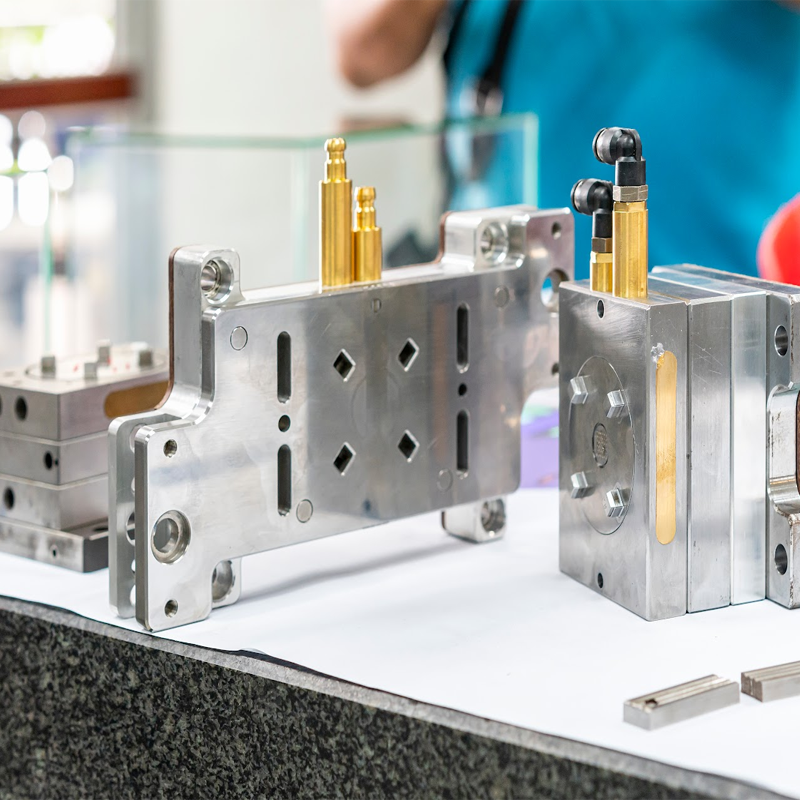
Key Components of Injection Molding Tooling
Injection mold tooling consists of several components that contribute to the success of the injection molding process. Let’s explore some of the essential parts of an injection mold:
- Injection Mold: The mold itself consists of two halves – the cavity half and the core half. The cavity half holds the shape of the finished part, while the core half is designed to open and close to allow the removal of the molded part.
- Molding Press: The molding press is responsible for injecting the molten plastic into the mold at high pressure. It controls the temperature and pressure during the molding process to ensure proper flow and solidification of the material.
- Cooling Lines: These channels are integrated into the mold to control the cooling rate of the molten plastic, ensuring uniform cooling and reducing cycle times.
- Ejector System: After the part has solidified, the ejector system is activated to release the part from the mold. This system uses pins that push the part out of the mold once it is ready.
- Runner System: The runner system is the network of channels through which the plastic resin flows as it is injected into the mold cavities.
- Side Actions: These are moving components within the mold that allow for creating undercuts in the molded part, which would otherwise be impossible with a simple two-part mold.
At LSRmold, we work closely with our clients to optimize these components, ensuring the mold design aligns with your production goals and product specifications.
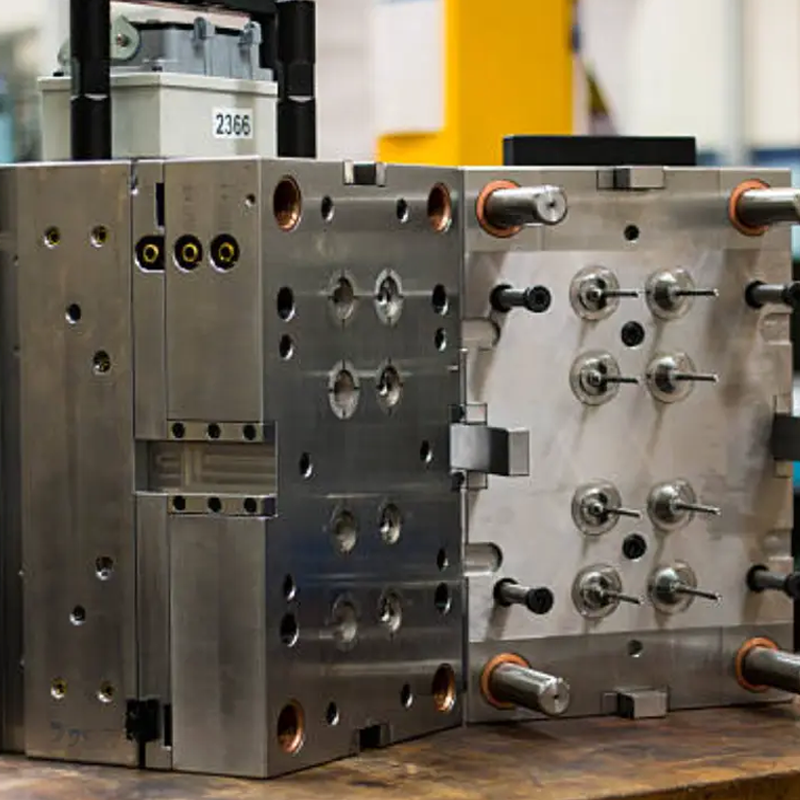
Types of Tooling: Hard vs. Soft
Mold tooling can be categorized into hard tooling and soft tooling, with each serving distinct purposes based on the project requirements:
– Hard Tooling: This type of tooling is designed for high-volume production and is made from durable materials like steel or nickel alloys. Hard tooling can withstand millions of production cycles, making it an ideal choice for mass production. Key advantages of hard tooling include:
– Long tool life (millions of cycles)
– Multi-cavity molds for enhanced production efficiency
– Greater temperature resistance
– Higher initial cost and longer lead time
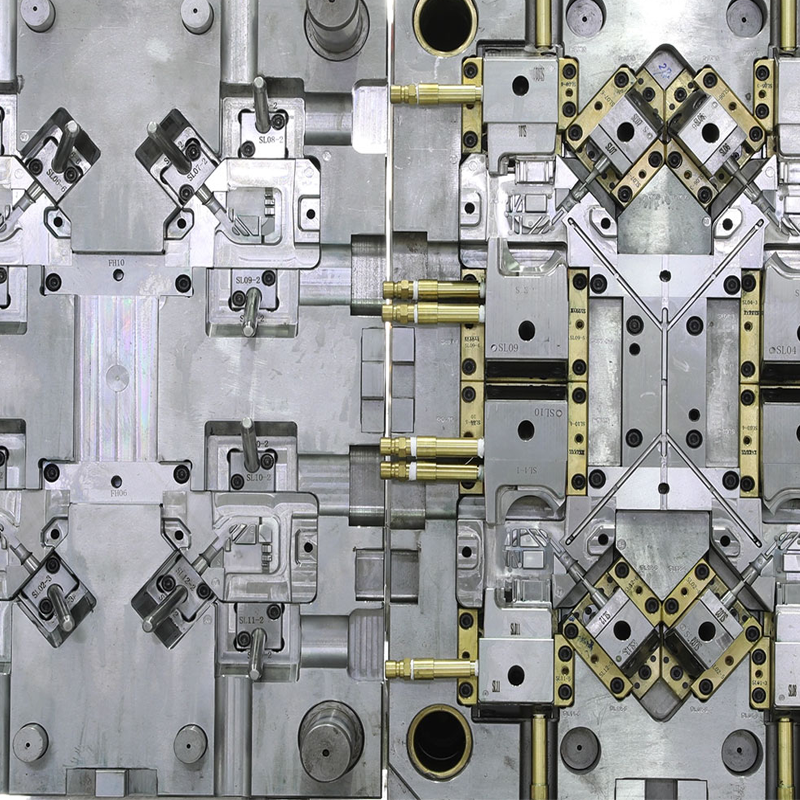
– Soft Tooling: Soft tooling is typically used for prototyping and low-volume production. It is made from less durable materials and is less expensive to produce than hard tooling. While soft tooling has a shorter lifespan, it’s a great choice for small runs or complex part designs. Advantages of soft tooling include:
– Shorter lead times
– Lower material costs
– Ideal for prototyping and limited production runs
– Easier to modify for design changes
At LSRmold, we offer both hard and soft tooling solutions to meet the specific needs of our clients, ensuring the most cost-effective and efficient production methods for your project.
Injection Molding Tool Design Considerations
The design of the injection mold is a critical aspect of the injection molding process. The mold must be engineered to meet various requirements, including production volume, part quality, and performance. When designing the mold, several factors must be taken into account, such as:
– Material Properties: Understanding the chemical and mechanical properties of the resin is crucial in selecting the appropriate mold material and ensuring the final part meets performance criteria.
– Part Complexity: More complex parts may require special tooling like slides and threads to achieve the desired shape.
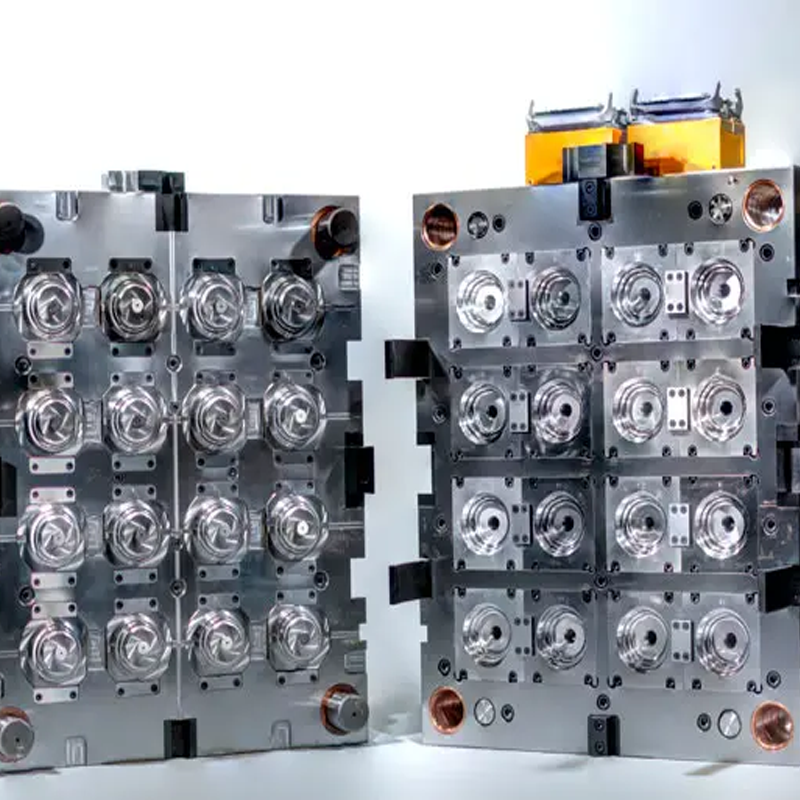
– Cooling Efficiency: The design must account for effective cooling lines to optimize cycle times and prevent part warping.
– Injection Pressure: Ensuring that the mold can handle the required injection pressure to fill the cavity completely is essential.
– Prototype and Production Volume: The design should accommodate both prototype testing and full-scale production runs, with consideration for scalability.
Injection Molding Tooling Cost Factors
The cost of injection molding tooling varies depending on several factors, including part complexity, material choices, and the required volume. The majority of the cost for injection molding comes from the design and machining of the mold. Some key factors that impact tooling costs include:
– Complexity of the Mold: More intricate designs or additional components such as inserts, cores, or undercuts increase the tooling cost.
– Material Selection: The choice of materials for the mold and the plastic resin can significantly impact cost. Specialized resins or high-temperature materials typically cost more.
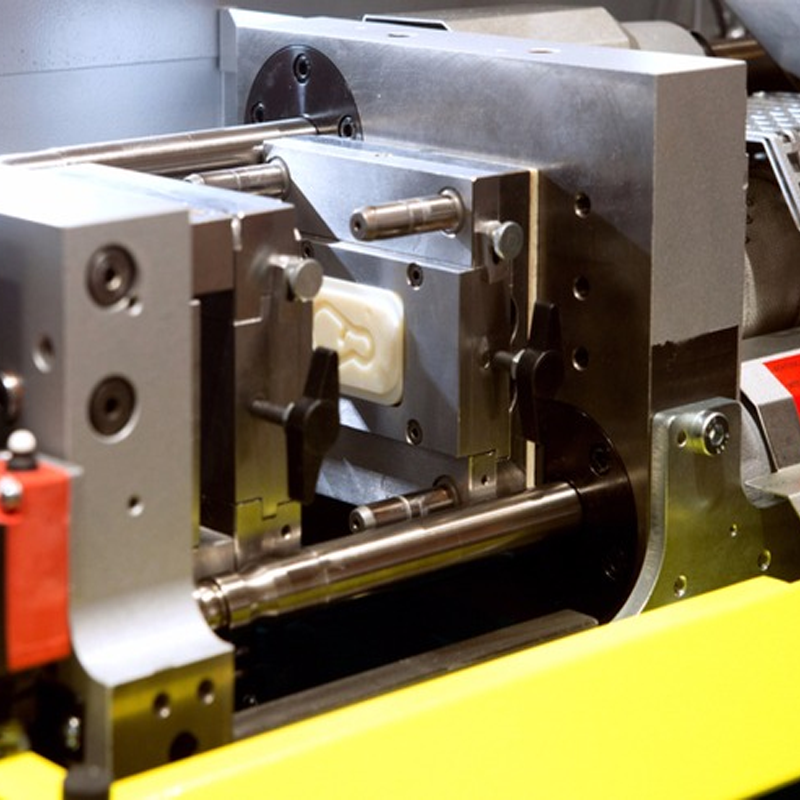
– Volume: High-volume production runs spread the cost of tooling over a larger number of parts, lowering the cost per unit. For low-volume production, the cost per part is higher, making it more economical to use soft tooling.
At LSRmold, we work closely with our clients to optimize the balance between tooling cost and part quality, ensuring that your project meets both budget and performance requirements.
Conclusion
Injection molding is a tried-and-true process for producing complex and high-precision plastic parts, whether for prototyping or large-scale production. By partnering with LSRmold, you gain access to a wealth of expertise in designing, fabricating, and optimizing injection molds to meet your specific needs. From selecting the right tooling material to fine-tuning the mold design, we’re here to ensure your project is executed with the highest standards of quality and efficiency.
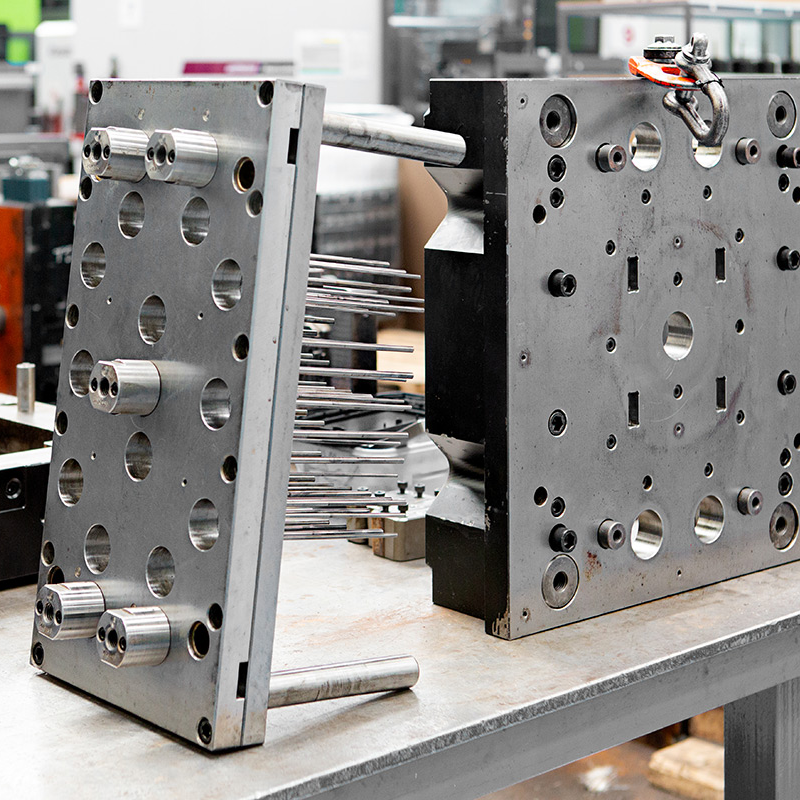
If you’re ready to start your next injection molding project, don’t hesitate to contact us at LSRmold. Our team of experts is here to guide you through every step of the process, from initial design to final production, ensuring that your parts meet all necessary specifications and exceed expectations.
